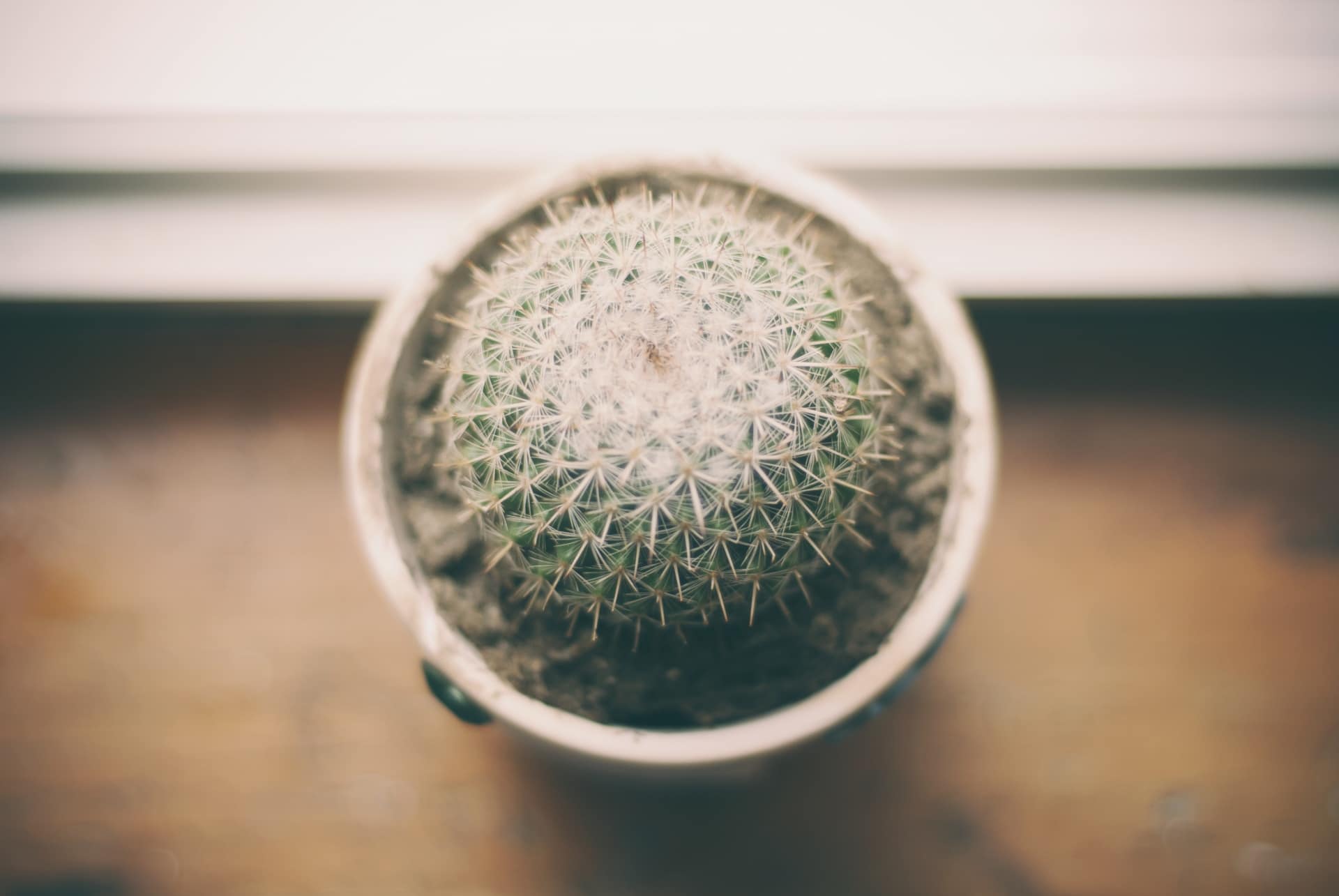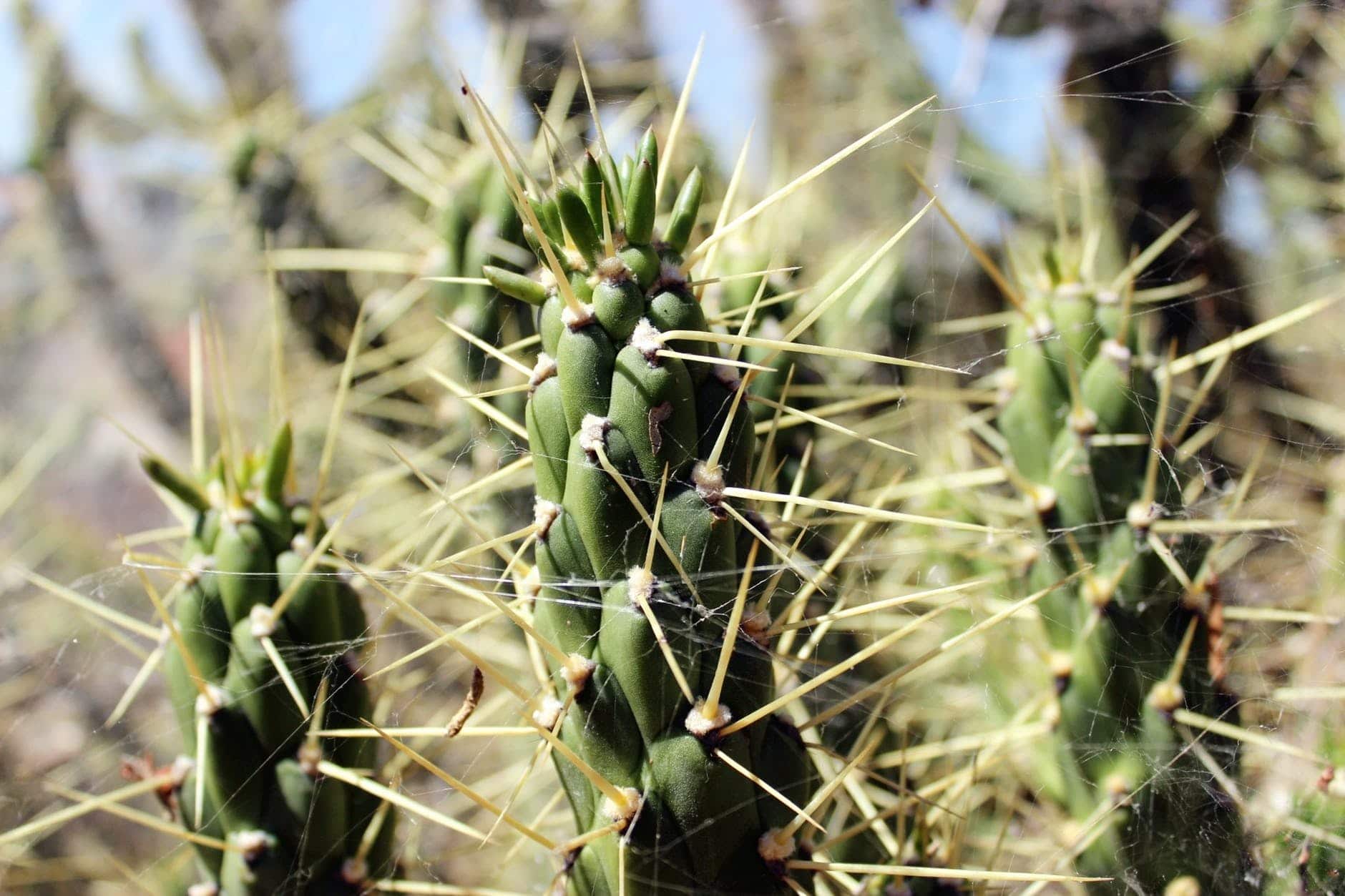
Cacti are great plants - their often slow growth and beautiful but short-lived flowers have made them one of the most popular. But although they are relatively easy to maintain, it is difficult to master irrigation.
Both in forums and in groups dedicated to these plant beings, one of the most common concerns is usually that of how to recover a squishy cactus. To solve it, it is very important that we keep in mind that they are originally from the desert.
Where and how do cacti live?

Before answering that question, it is necessary to understand a little under what conditions these plants live. In this way, it will be much easier for us to take care of them and, therefore, to keep them alive and healthy for many years.
Well. Cacti are succulent plants mostly native to America, especially southern North America and western South America. We will find them growing outdoors, in hot and dry places, with temperatures that can exceed 40 degrees Celsius, exposed to sunlight, and in sandy, often stony soils.. It is common to see Mammillaria or Lobivia, for example, growing between the stones, or within them if they have holes where some sand has been deposited.
If we talk about rains, they are usually very scarce. They are monsoon rains, that is, very, very intense seasonal rains, but brief ... and they do not always occur every year.
Why do cacti get soft?
Cacti that are healthy and well hydrated have a more or less hard stem, in a normal, straight or hanging position. Also, if they are in age, they will flower once a season, or twice if the conditions are right and their genetics allow it. But sometimes they can get soft, why?
Excess humidity and / or irrigation
They are plants that they want little water. When they are placed in areas where it rains frequently or when they are watered too much, their roots rot easily. As a consequence, the very body of the cactus becomes soft.
In certain species, especially those that have spines that conceal a little (or a lot) of the stem, it can be difficult to know if they have become soft or not. If it happens to you, try to see if:
- has changed color; that is: if it used to be green for example and now it has become a darker color;
- has become somewhat smaller: cacti that are rotting tend to get smaller;
- has modified its shape: If it is a columnar cactus for example and now it has suddenly started to grow as a pendant, it is because it has problems.
Disease
Diseases are usually caused by overwatering, but not always. If they are injured, or if they fall to the ground and break for example, fungi can enter their bodies and cause an infection.. From there, they will go soft.
Very compact soil or substrate
The roots of cacti are prepared to grow in sandy soils or substrates, but when they are grown in black soil they have a hard time since it retains a lot of moisture and does not usually facilitate the rapid drainage of water. In addition, it is frequently compacted, especially in regions with hot and dry climates such as the Mediterranean, something that prevents its root system from being oxygenated as it does not allow air to reach it well.
What to do to recover it and prevent it from happening again?

beautiful cacti closeup
Now that we know the causes, it is time to find out what to do to save our cactus:
Put it in a porous soil
Cacti need sandy soil to grow, but beware: not just any sand will do. Is it must be thickand pumice. The gravel used in construction is also useful, which is about 2-4mm thick, but this must be mixed with 30% black peat.
If you have it in the garden, remove it, make a hole of about 50 x 50cm and fill it with pumice or some similar substrate.
Let the earth dry between waterings
You don't have to water them every day, but when you water it, it must be watered well; that is, by moistening the earth well. The frequency of irrigation will vary depending on the climate and the location above all, as well as the type of substrate you have. But In general, they must be watered once or twice a week during the summer, and every 15 days or more in winter.
Do not put them in pots without holes
Pots that do not have holes in the base are very pretty, but terrible for cacti. The water remains stagnant inside, and the roots when coming into contact with it rot, die from suffocation. So if it is in one, you have to change it immediately.
By the way, it is not advisable to put a plate under it, unless we always remember to remove the water that is left over 20 minutes after having watered.
Cut to the chase
If it is a cactus that is rotting, We will take a pair of scissors or a serrated knife, we will disinfect it and proceed to cut cleanly. Then, we will keep the part of the stem that is good, we will leave it in a dry place protected from the sun for a few days until the wound dries, and finally we will plant it in a pot with a pumice or similar.
Treat it with fungicide
The last advice or measure to take is to treat the squishy cactus with fungicide. Fungicide is a product that will help eliminate fungi, thus preventing the infection from spreading.
I hope these tips have been useful to you 🙂.
I have a cactus like a ball that got soft and got a big hole in the middle but it still has a hard part. I would like to save it. What I can do?
Hi Margke.
We recommend cutting everything that is soft, since a cactus that has been watered too much, for example, is a bit difficult to recover (although not impossible).
You also have to put new soil in it, and water less. Let's see if we are lucky.